The omicron variant is attacking air travel. Airlines, airport security, and passengers are all in the crosshairs of the COVID-19 variant.
Around the Christmas holiday, over 6,000 flights were cancelled owing to airlines not having enough employees and people to handle their aircraft. The Southwest Airlines Pilots Association has warned of flight problems over the holiday season if vaccination restrictions were imposed on their pilots. Surprisingly, it was illnesses rather than immunizations that caused the latest flight interruption chaos.
The Transportation Security Administration (TSA) checkpoints have turned into a recruiting ground for viruses. The number of TSA screeners infected in the last two weeks has risen dramatically, reaching 1,147 active cases on Monday, a 60 percent increase over the holiday weekend. This figure accounts for more than 2% of their screening personnel. Such an increase in infections occurs even though they have several measures in place – such as face masks, eye shields, and numerous plastic barriers that protect them.
The flight itself is the most secure aspect of an air travel trip. High-performance filtering systems in airplane cabins ensure that everyone on board receives adequate air circulation. When a person removes their face mask to eat or drink, they expose themselves and others to the danger of viral transmission. Face masks provide protection, but only when they are applied correctly and remain in place consistently.
December was poised to be the busiest air travel month since the pandemic began. But the rapid rise in Omicron cases is putting air travel under serious threat. The number of COVID-19 cases in the country is approaching numbers last seen during the January 2021 peak. These numbers are also certain to significantly undercount the actual number of infections, given that many people are now relying on at-home test kits to determine whether they have COVID-19.

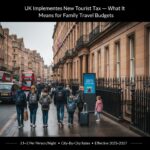
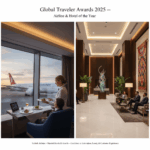
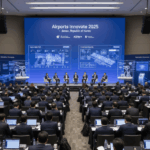
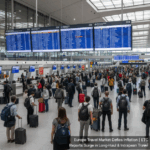



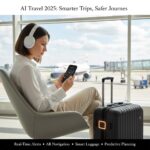
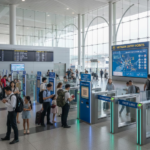
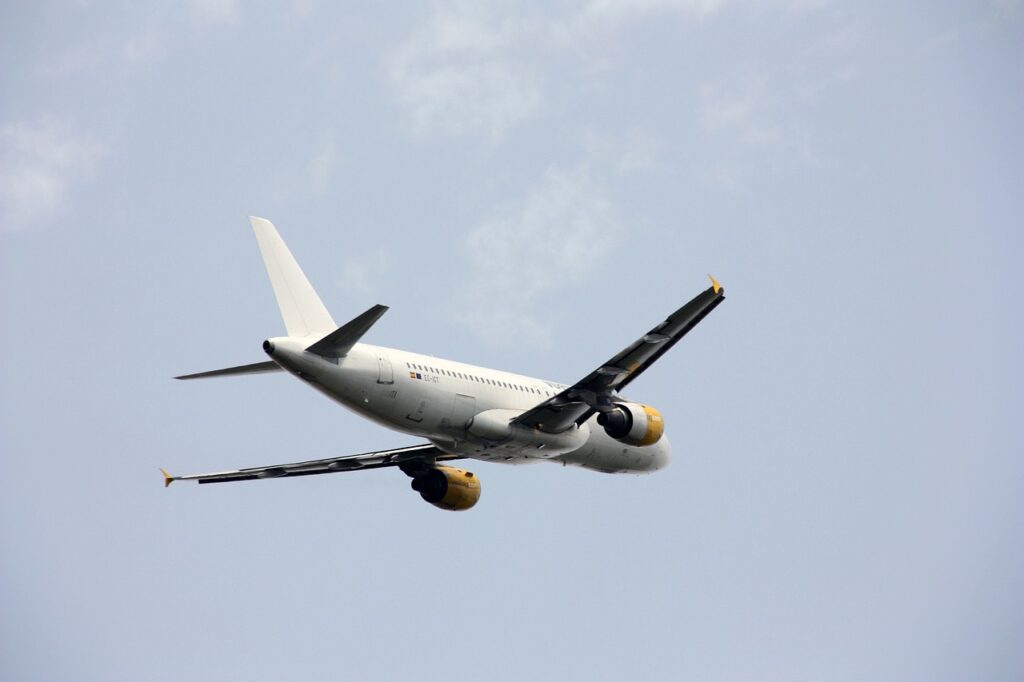



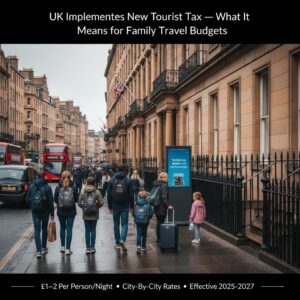
More Stories
AI Travel Apps & Gadgets Revolutionize 2025 Journeys: Smarter Planning, Safer Adventures
Vietnam Expands E-Visa to 83 Checkpoints 41 New Airports, Land Borders & Seaports Unlock Tourism Boom
United Kingdom Introduces New Nightly Tourist Tax A Budget Wake-Up Call for Family Holidays